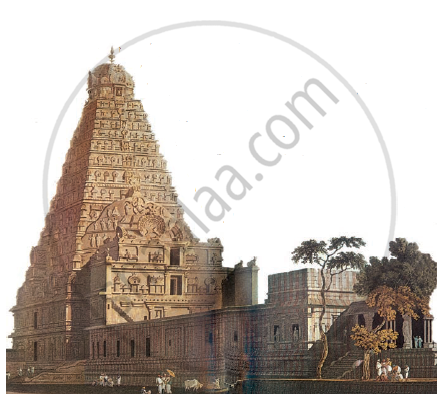Advertisements
Advertisements
प्रश्न
An inscription in Shah Jahan’s diwan-i Khas in Delhi stated: “If there is Paradise on Earth, it is here, it is here, it is here.” How was this image created?
उत्तर
Shah Jahan’s diwan-i Khas was designed in such a way that it fused together in a grand harmonious synthesis. It was carefully planned. It was placed within a large courtyard. Behind the emperor’s throne, there was a series of pietra-dura inlays. It depicted the legendary god Orpheus playing the lute. The diwan-e khas was aimed to communicate that the king’s justice would treat the high and the low as equals, creating a world where all could live together in harmony. The diwon-i Khas reflected the image of a paradise in itself.
APPEARS IN
संबंधित प्रश्न
What is pietra dura?
How did the Mughal court suggest that everyone – the rich and the poor, the powerful and the weak – received justice equally from the emperor?
Look at the Figure given below How could that building be constructed faster today?

Find out whether there is a statue or a memorial to a great person in your village or town. Why was it placed there? What purpose does it serve?
Very Short Answer Type Question:
Where was Shah Jahan’s capital in the early years of his reign?
Very Short Answer Type Question:
How did kings win the praise of their subjects?
Short Answer Type Question:
In what ways do you think the policies of Rajendra I and Mahmud of Ghazni were a product of their time? How were the actions of the two rulers different?
Short Answer Type Question:
Give an account of Shah Johan’s audience halls.
Short Answer Type Question:
Who were involved in the building of the Qutb Minor?
Short Answer Type Question:
How can you say that Mughal rulers adapted regional architectural styles in the construction of their buildings? Explain with examples.
